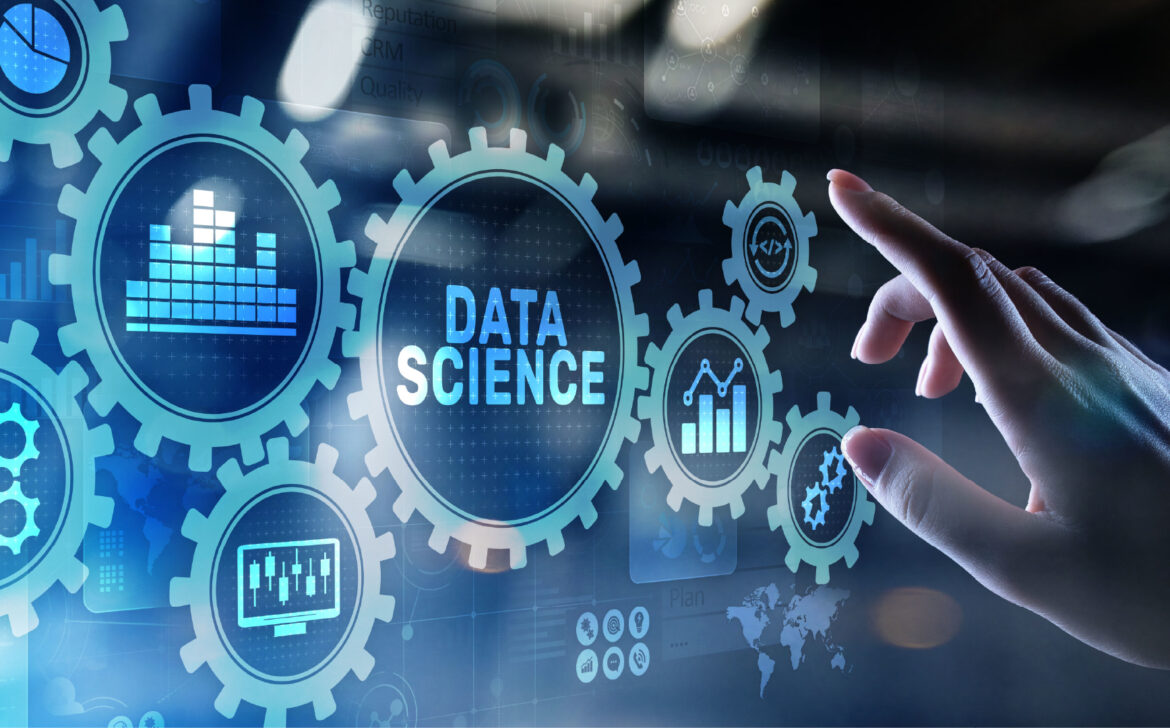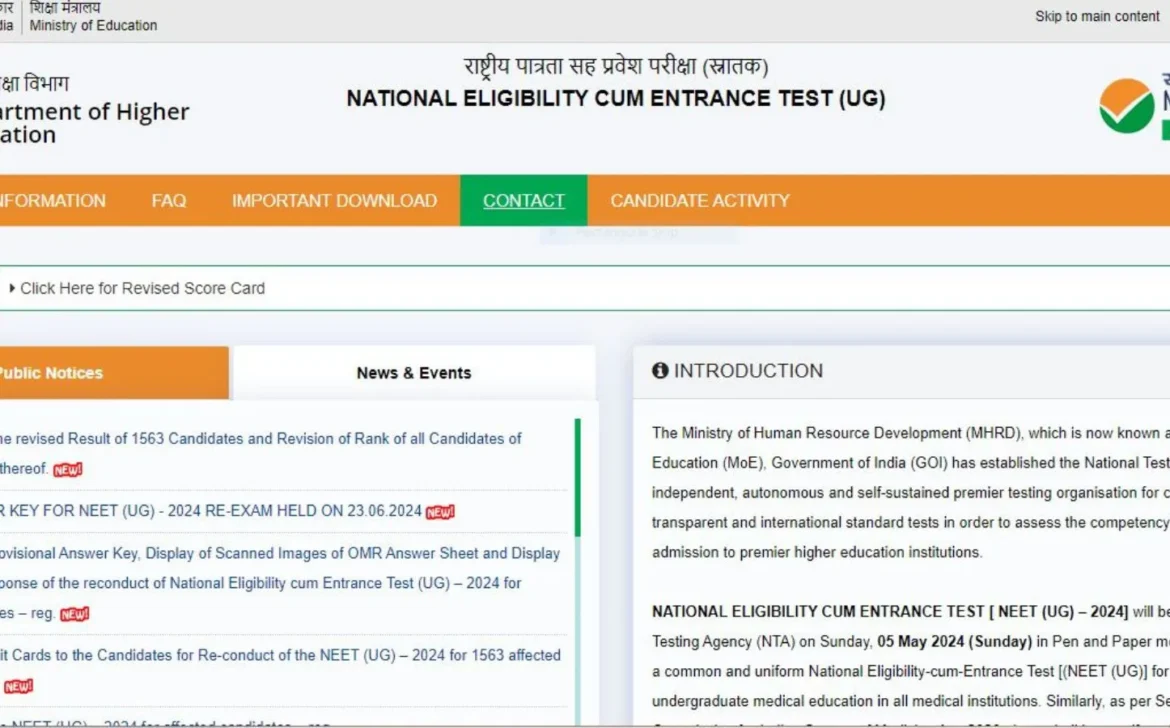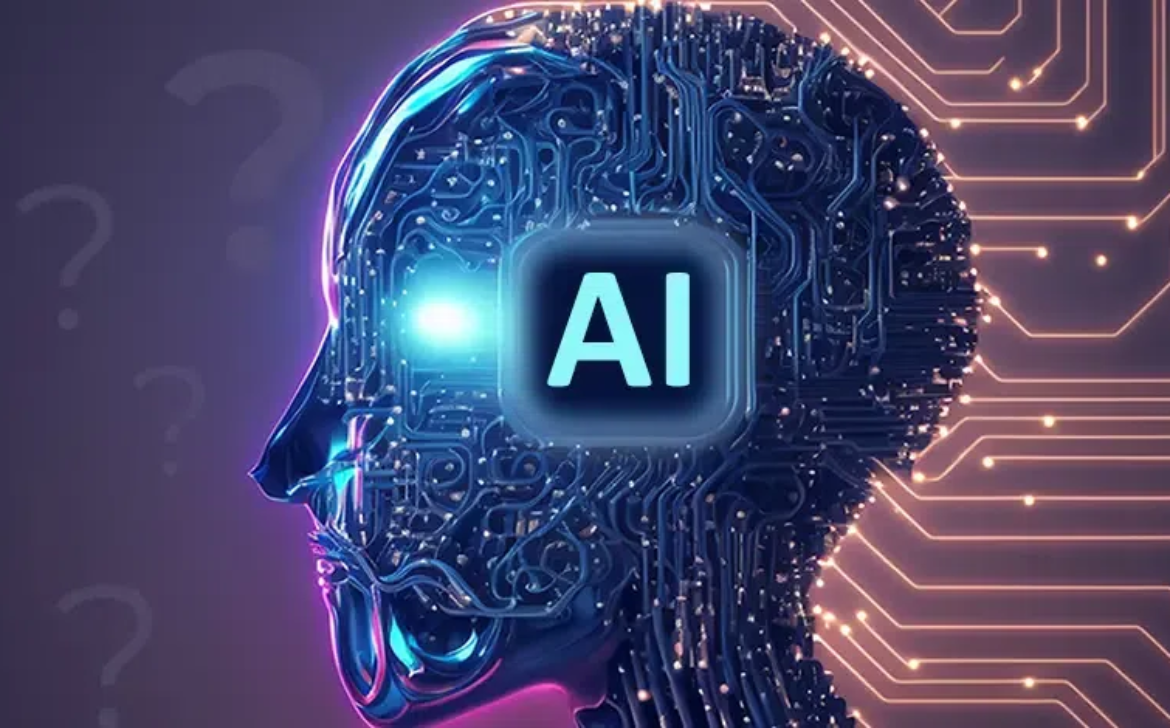Evolution and Advancement of EdTech
Education is a field that has undergone significant transformations over the past few decades, primarily driven by technological advancements. EdTech has become an integral part of the learning process, offering enhanced accessibility, interactivity, and efficiency compared to traditional education methods. From the early days of educational radio and television to the recent innovations of AI and VR, EdTech continues to evolve to meet the diverse needs of learners and educators. This blog will trace the journey of EdTech, explore current trends, and speculate on future developments. For more insights on EdTech and professional development, visit UpToSkills. The journey of EdTech began in the early 20th century with the advent of educational radio and television programs. These platforms allowed learners to access education beyond the traditional classroom setting. Although these early innovations were limited in interaction and customization, they laid the groundwork for future technological advancements in education. The 1990s and early 2000s marked a significant turning point for EdTech with the rise of personal computers and the internet. Educational websites, online courses, and learning management systems (LMS) emerged, enabling students to learn at their own pace and convenience. Notable contributions included platforms like Coursera, edX, and Khan Academy, which popularized Massive Open Online Courses (MOOCs). These platforms made education more accessible and affordable, reaching millions globally. The 2010s saw the explosion of smartphone use and the development of mobile apps, significantly advancing EdTech. Mobile learning apps such as Duolingo, Khan Academy, and Quizlet brought education to students’ fingertips, allowing learning anytime and anywhere. This increased accessibility helped bridge the digital divide, providing educational resources to underserved and remote areas. The COVID-19 pandemic accelerated the adoption of online learning platforms. Tools like Zoom, Google Classroom, and Microsoft Teams became essential for remote education. Institutions worldwide invested heavily in digital capabilities, expanding their portfolios of online courses. Artificial Intelligence (AI) and machine learning are revolutionizing education by personalizing learning experiences. AI-driven platforms like DreamBox, Knewton, and Carnegie Learning analyze students’ learning patterns to deliver customized content and assessments. This adaptive approach helps address individual learning needs more effectively. Gamification is making education more engaging by incorporating game elements into learning activities. Platforms such as Kahoot! and Classcraft use points, badges, and leaderboards to motivate students. Gamification enhances student participation, retention, and overall learning experience. Virtual Reality (VR) and Augmented Reality (AR) are transforming experiential learning. VR allows students to explore virtual environments like historical sites or scientific simulations, while AR overlays digital information on real-world settings. Apps like Google Expeditions provide immersive learning experiences, making subjects like history and science more engaging. EdTech tools are enhancing collaborative learning experiences. Platforms such as Padlet, Miro, and Slack enable students to work together on projects and share ideas, even when apart. These tools foster teamwork and develop problem-solving skills, with features like live editing and commenting. The future of EdTech includes AI-powered tutors and virtual assistants capable of offering real-time support and personalized guidance. Systems like IBM Watson Tutor and Google’s educational tools are becoming more sophisticated, tailoring educational experiences to individual learners’ needs and challenges. Blockchain technology is poised to revolutionize credentialing and certification. By providing secure and transparent storage of academic credentials, blockchain reduces fraud and enhances verification. Platforms like Blockcerts and Learning Machine use blockchain to create tamper-proof digital credentials that are easily shared and validated. As technology and job market requirements evolve, lifelong learning and upskilling become increasingly important. EdTech firms are emphasizing continuous learning through online courses and certifications. Platforms like LinkedIn Learning, Udacity, and Coursera offer opportunities for professionals to stay competitive and grow in their careers. EdTech is making education more inclusive and accessible through features like screen readers, speech-to-text, and customizable interfaces. Platforms such as Khan Academy and Coursera provide quality education to underserved and remote areas, helping bridge the gap in educational access. Data analytics in EdTech allows educators to make informed decisions based on student performance and activity. Tools like BrightBytes and Learning Analytics offer insights that help educators tailor their instruction and intervene timely to support student success. The evolution of educational technology from early radio broadcasts to sophisticated AI-driven platforms highlights the dynamic nature of EdTech. Innovations continue to expand the boundaries of education, making learning more inclusive, accessible, and personalized. The future promises even more advancements, with EdTech playing a crucial role in preparing students for the challenges and opportunities of the 21st century. The continued development of EdTech will undoubtedly shape the future of learning experiences, making education more effective and engaging. For more insights on EdTech and professional development, do visit our website UpToSkills.com Evolution and Advancement of EdTech

Introduction
History of EdTech – Evolution and Advancement of EdTech
Earliest Origins
The Age of the Web
The Mobile Revolution
Trends in EdTech – Evolution and Advancement of EdTech
Online Learning Platforms
Artificial Intelligence and Machine Learning
Gamification
Virtual and Augmented Reality
Collaborative Learning
The Future of EdTech
AI-Powered Tutors and Assistants
Blockchain for Credentialing
Lifelong Learning and Upskilling
Inclusive and Accessible Education
Data-Driven Insights
Conclusion






















